Why Being Strong is a Dancer's Most Valuable Asset

Dancers work hard. Dance is more than spins and splits and smiles. It is hours and hours of work in the studio, perfecting every movement. The dedication it takes to pursue a life of dance is no joke, but sometimes it comes at a price.
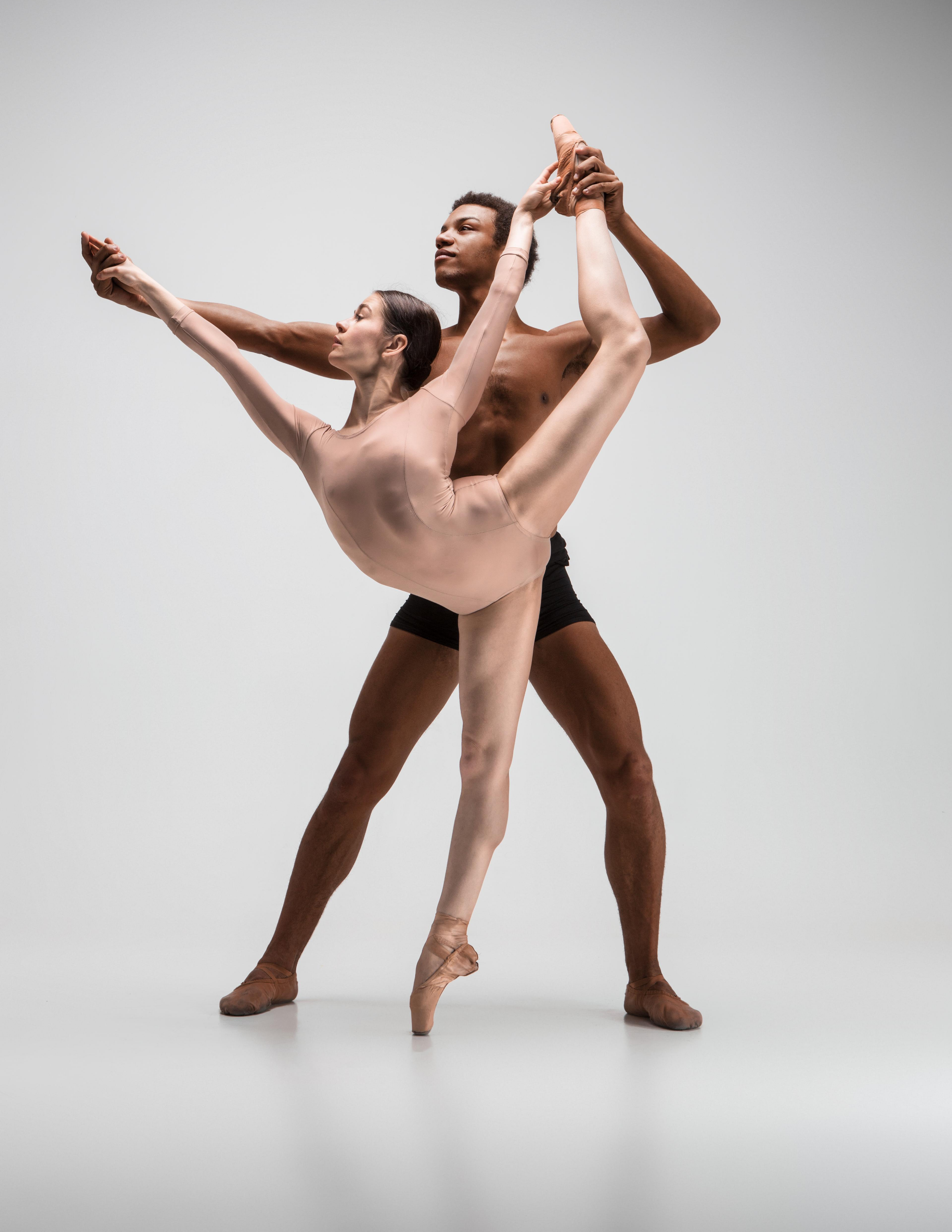 Just like any other athlete in any other sport, injuries happen. Unlike contact sports where many injuries are due to collisions, dance leads to repetitive strain injuries from pushing limits of tendons and joints over and over. This is a fundamental problem in the training of dancers. Most often, the skill of dance is trained, without the foundation of strength and mobility.
Just like any other athlete in any other sport, injuries happen. Unlike contact sports where many injuries are due to collisions, dance leads to repetitive strain injuries from pushing limits of tendons and joints over and over. This is a fundamental problem in the training of dancers. Most often, the skill of dance is trained, without the foundation of strength and mobility.
As a company, competitive, or professional dancer, how often have you experienced setbacks in your training? How often have you experienced an injury, or recurrent aches and pains that have held you back from progress? Our love for the art has a sneaky ability to override our senses. Do we realize how damaging that can be to our development as a dancer? Ignoring the pains and limitations, telling ourselves that if we keep pushing and working hard, we will overcome our setbacks and flourish. This is where we are missing something fundamental in our training as dancers.
The Problem
Dance is a year-round activity and profession. The workload and focus may change with the seasons, but the time in the studio or on the stage rarely stops. Dancers in competitive and pre-professional programs between the ages of 10-18 will spend roughly 15-20 hours a week in the studio training. The majority of the classes within intensive dance programs like these are focused on acquiring and enhancing technical capabilities, as well as exploring quality of movement and developing artistry. This means many hours of repetitive movements as well as pushing any physical boundaries that a dancer may have. It goes without saying that dancers spend a lot of time focusing on their skill. When this is the case (as it is with a lot of other sports), the foundation needed to ensure that a dancer has the appropriate movement prerequisites is likely not substantial enough to prevent them from wear and tear and possible injuries due to overuse or over-training under-prepared joints.
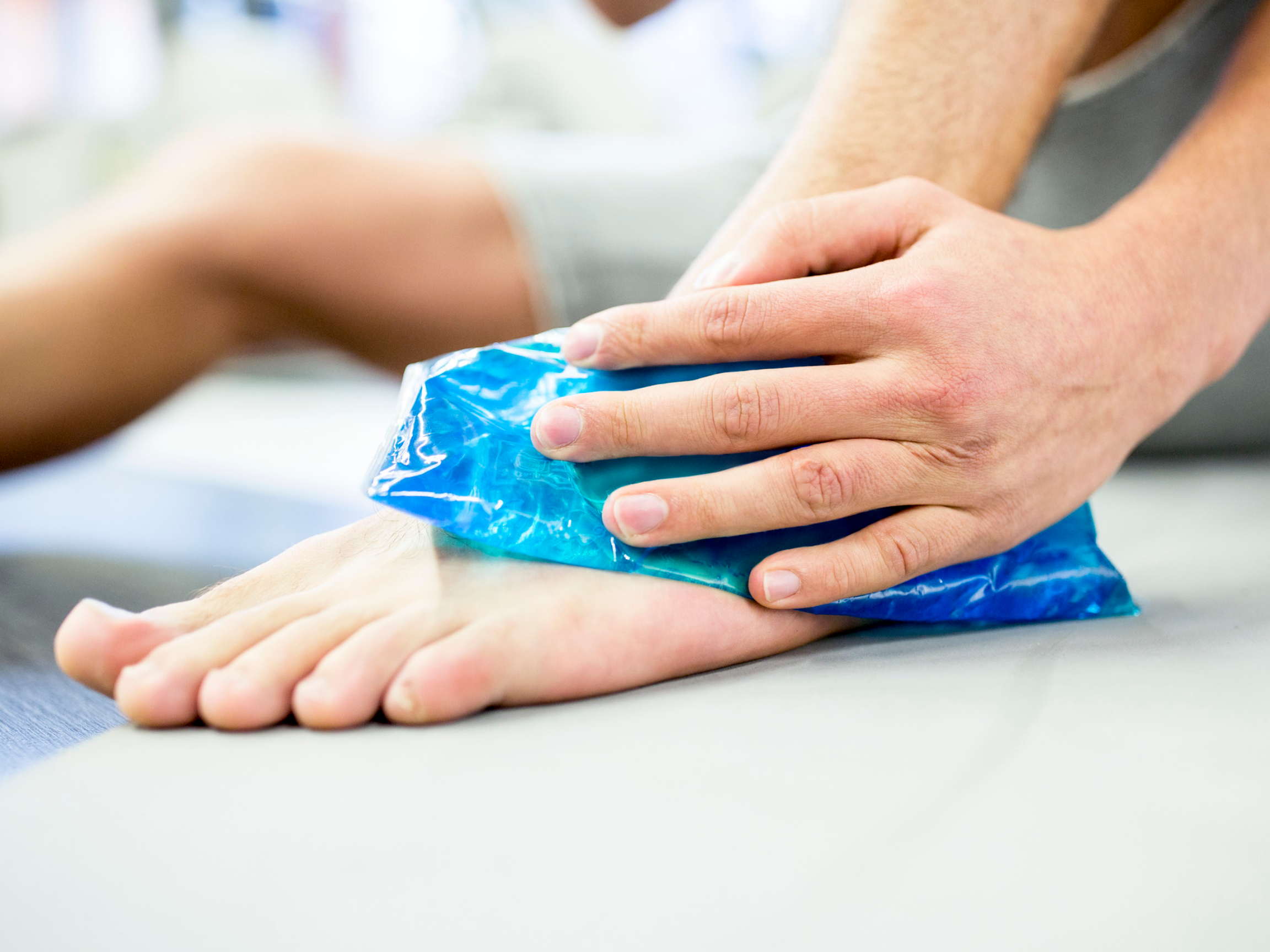 Injury rates in dance are among some of the highest in sports. It is said that 80% of dancers will experience an injury every year, with most injuries occurring in the lower limbs. As dancers are notorious for ignoring the signs of potential injury, and often continue to push through the sensations, they are reactive in their pursuit to deal with acquired injuries. It is always important to source out the necessary and appropriate treatment (ie., physiotherapy, massage, etc.) when needed, however, would it not be most ideal to work in a preventative manner? By creating a strong foundation to mitigate potential injuries, dancers would not have to seek out treatment after the fact, and take time off training to allow for recovery. Their injury rates would also in turn go down significantly. To do this, we need to shift our focus in the way we train.
Injury rates in dance are among some of the highest in sports. It is said that 80% of dancers will experience an injury every year, with most injuries occurring in the lower limbs. As dancers are notorious for ignoring the signs of potential injury, and often continue to push through the sensations, they are reactive in their pursuit to deal with acquired injuries. It is always important to source out the necessary and appropriate treatment (ie., physiotherapy, massage, etc.) when needed, however, would it not be most ideal to work in a preventative manner? By creating a strong foundation to mitigate potential injuries, dancers would not have to seek out treatment after the fact, and take time off training to allow for recovery. Their injury rates would also in turn go down significantly. To do this, we need to shift our focus in the way we train.
The Solution
Dance is an athletic art. Between the grace, aesthetics, and artistic expression, there is athleticism. That athleticism is what requires a dancer to train like an athlete.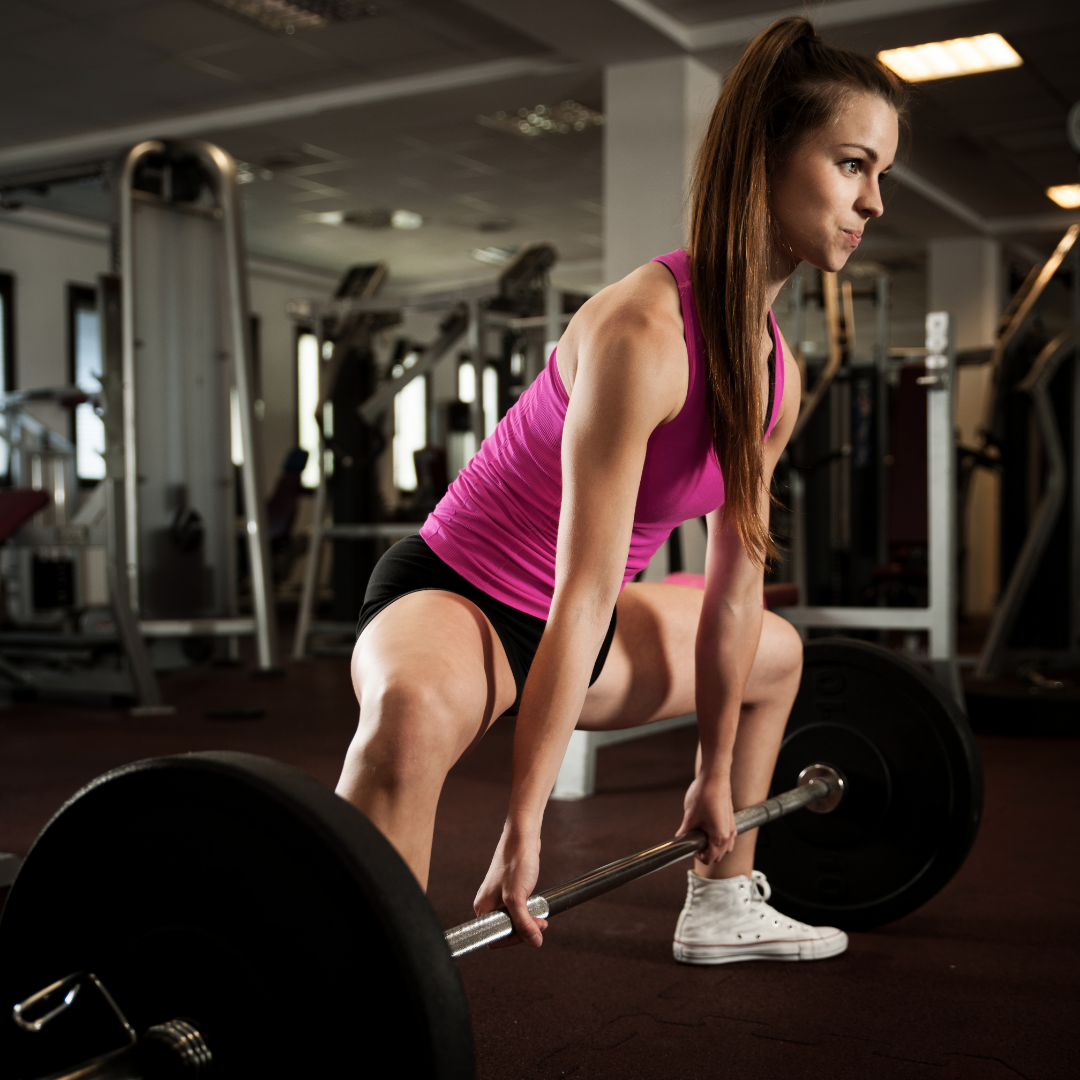
Strength training is fundamental in building a strong foundation. Increasing one's functional strength is not only the most effective way to develop a strong foundation, it also allows them to strengthen muscles and movements that are not typical for their skill. The argument here might be why someone would need to train muscles and movements not needed or often used in their activity. The answer always comes back to creating a strong foundation.
The body has the ability to move in many ways. We can flex, extend, and rotate at multiple joints. In the case of a dancer, we utilize all these ways of moving throughout the body by using speed, power, and strength. We change the quality of our movements to maintain our artistic expression, while carrying out our skillset. The chance of one small deviation in movement is not impossible, and may just be enough to push our bodies further than we are able to manage. Thus, leaving us with pain or injuries. We have so much to account for as we dance that the best way to ensure we can continue to develop as dancers is to create a strong foundation for our skills to thrive.
The Benefits
A strength focused program covers all the basic functional strength movements intended on building overall physical strength and power to set a dancer up for success. The 7 functional movements include: squat, lunge, push, pull, and hinge. These are movements that every day life requires from human bodies. Ensuring the body is capable of each of these movements is essential as it means that the joints move well (in the ways a human should, excluding structural limitations), and joints that move well are the gateway to a healthy moving body. If a joint does not have the range of motion or strength required to support a movement, over time, you can almost always guarantee that an injury of some degree will happen. Strength training will require that a body will be able to withstand the demands of dance, even those small chance deviations.
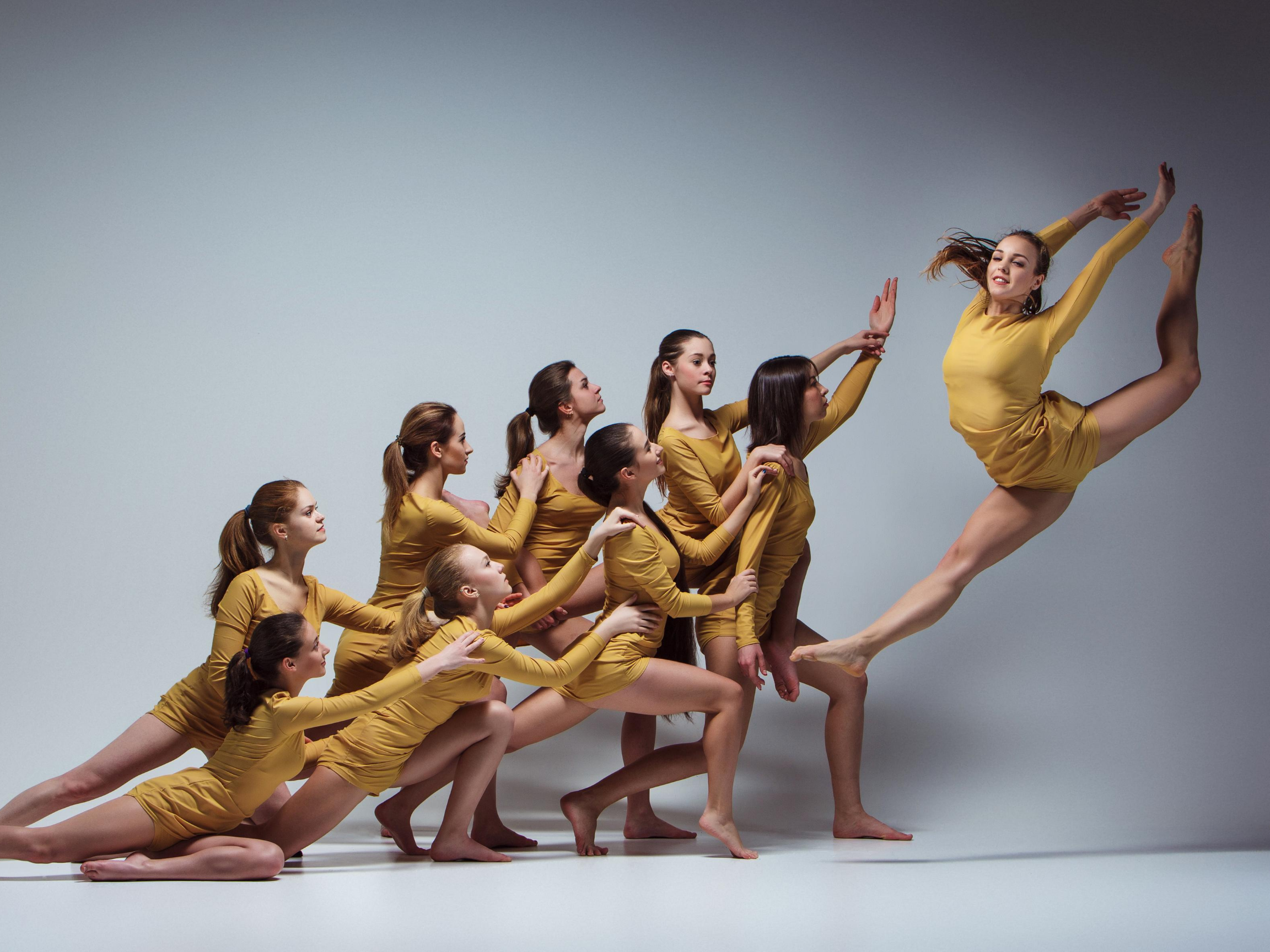
Research found that male dancers endure a force of 6,000 Newtons upon landing a jump, and 4,000 Newtons for women. It is no surprise now why dancers often experience injuries to lower limbs. 4,000-6,000 Newtons is a lot of force for the body to take, especially when we do not have the strength to tolerate it. With this information at our convenience, there is no question that we should be strengthening with additional load. To be specific, being able to create force equal to your own bodyweight will mean you can take the force of your own bodyweight. This is especially important to consider when we refer back to how much force a dancer takes when landing a jump. The other main benefit to being able to move your bodyweight is that it transfers into power. Power is what increases a dancer's ability to jump with great height, and the only way to increase power is to increase strength.
The research of the National Institute of Dance Medicine and Science (NIDMS) discovered that 1 year of strength training cuts a dancers injury frequency by 59 percent. This information is something to be celebrated because it means that the possibility of injuries and setbacks can be significantly avoided through the task of strength training. Undoubtedly, it is time for dance studios and dance companies to provide strength training within their programs to contribute to the mitigation of injuries to their dancers.
Who's Doing It?
When we think of ballet dancers, we don’t typically envision them spending time in a gym deadlifting their bodyweight. Fortunately, the demands of training within a ballet company or school, and the injuries and setbacks that often follow, have set the tone for change.
The Royal Ballet School in England is utilizing its Healthy Dancer Programme to provide strength training to their students and company dancers. Within their team of 20 healthcare professionals, strength coaches are being put to good work by providing effective strength training programs to fulfill the needs of the dancers.
Have you ever seen a ballet dancer do a clean and jerk? It's equal parts elegant and bad-ass.
The Birmingham Royal Ballet, and the Queensland Ballet, are also following suit in providing strength training to their dancers.
The Barriers
The following points are some barriers dancers may face when considering adding strength training into their lives.
Changes to Physique or Aesthetics
This is a common concern for dancers when weighing the pros and cons of doing strength training. They fear bulking up or creating a masculine physique. Strength training focuses on increasing a person's strength and sometimes there will be changes to a person's physique in the beginning. This is often referred to as “newbie gains” which is just an increase in muscle mass in people with little to no previous experience with strength training. Strength training is not focused on hypertrophy (increase in muscular size), and in turn will not create a bulky look.
Fears That It Is Dangerous
When someone hurts themselves from strength training, it is due to poor form or poor coaching. An educated coach will have the appropriate training and experience necessary to be able to identify what progressions and modifications are needed, and will know how to program for appropriate progress. Progressive overload is the principle of continually increasing the demands on the musculoskeletal system to continually increase strength. When this principle is applied properly, there will be minimal risk to injury.
Belief That It Will Impede Artistry
If a dancer is maintaining regular training to develop their skill, they will be able to maintain their artistry. Increasing strength will not stand in the way of their development, and if anything, it will benefit them due to the strong foundation they are creating to allow them to explore their movement even more.
Time Constraints
This may be one of the toughest barriers to work around. As mentioned earlier, dancers spend a great deal of time in the studio training. Adding strength training to an already full regimen may not be ideal as it means there will be less time for recovery. Recovery is very important to allow for adaptation and time for the body to recoup in between training. It may come down to some decision making and reassessing whether you need to be training dance for as many hours in a week. If cutting back on dance training is not an option, then finding a strength coach that can help you by providing the best program to work within your schedule and needs is your best bet.
Training Contraindicating Muscles
Stated earlier, dancers focus the majority of their time on training their skill. Within this training is the constant activation and use of the muscles needed to accomplish the skill being worked on. Strength training allows the body to strengthen the muscles that do not get used in dance training. For example, a lot of movements in dance are executed with external hip rotation, so the external rotator muscles will be used significantly more within a dance class. Having a dancer do squats in a strength program will require them to use their muscles to become strong in a parallel position. More importantly, strengthening the underused muscles will allow them to act as a backup system to assist in the dance studio, especially when the body deviates in movement. A strength program win intended to strengthen the body as a whole, so that it can be prepared for anything when training the skill.
Strength Training Will Shorten Muscles and Regress Flexibility
You may have heard someone say that their muscles feel “tight” or “short". The reality is that muscles do not have the ability to shorten or tighten. What is felt is merely a sensation. Muscles do have the ability to acquire tone, however, which is otherwise known as muscles tension. This happens when a muscle is underused or overused and feels like it is in a constant state of tension. The best way to bypass tone in a muscle is to focus on range of motion and reducing the amount of nervous system tension. With a good balance of range of motion, and control, a person will not have to worry about muscles becoming hypertonic. Also, due to the nature of dance and the flexibility required for most skills, a dancer will likely not notice a reduction in flexibility as they will be using their range of motion often.
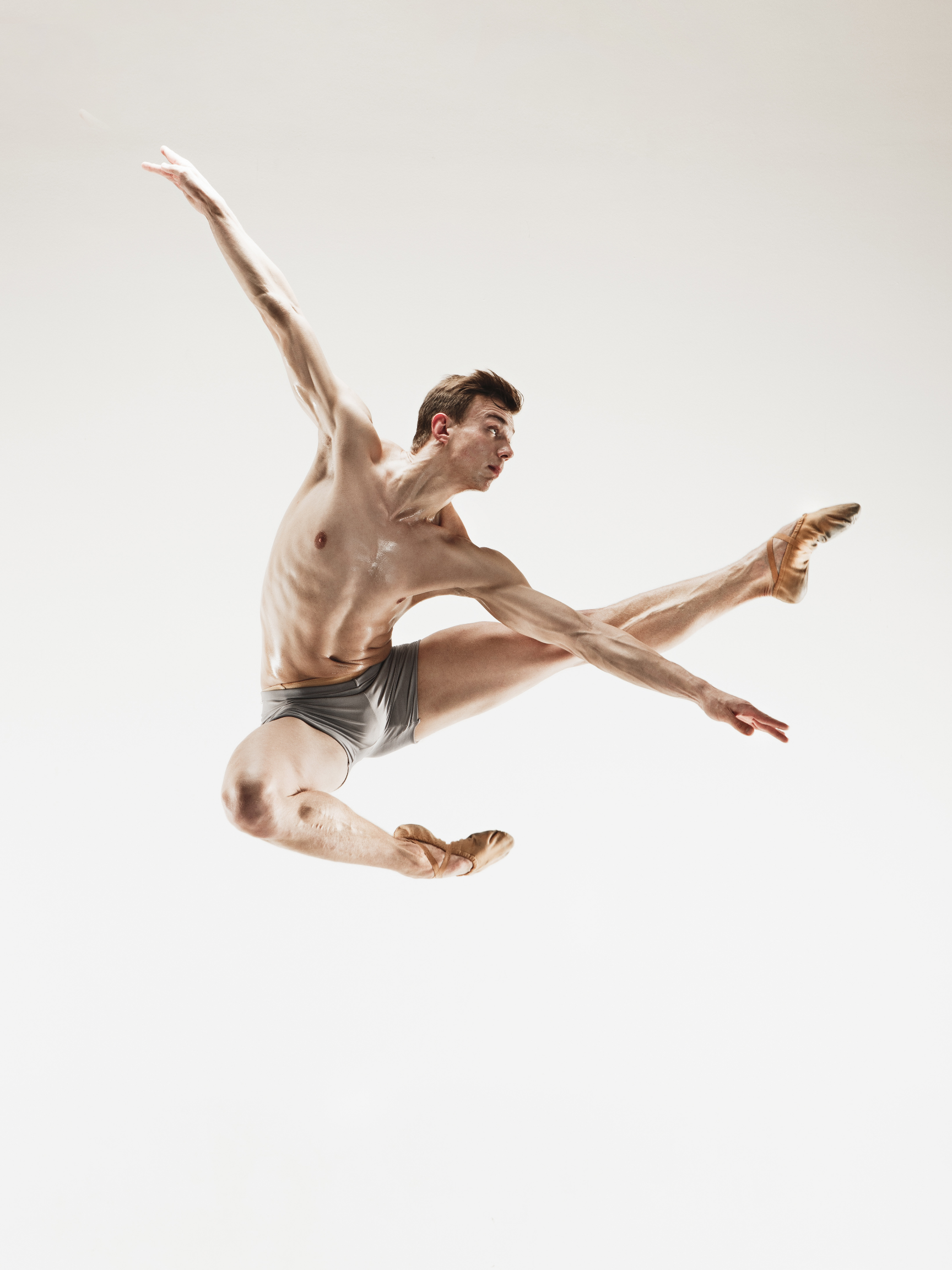 How Can I Help?
How Can I Help?
As the director of Be DanceStrong, I provide strength training and joint mobility training for dancers looking to enhance their movement and performance potential. My focus is on providing the education and training necessary to build strength, increase range of motion, and mitigate injury; guiding them on the path of strength and resiliency for a successful future in life and in their craft.
Connect with me here: @sara.moves / @bedancestrong

